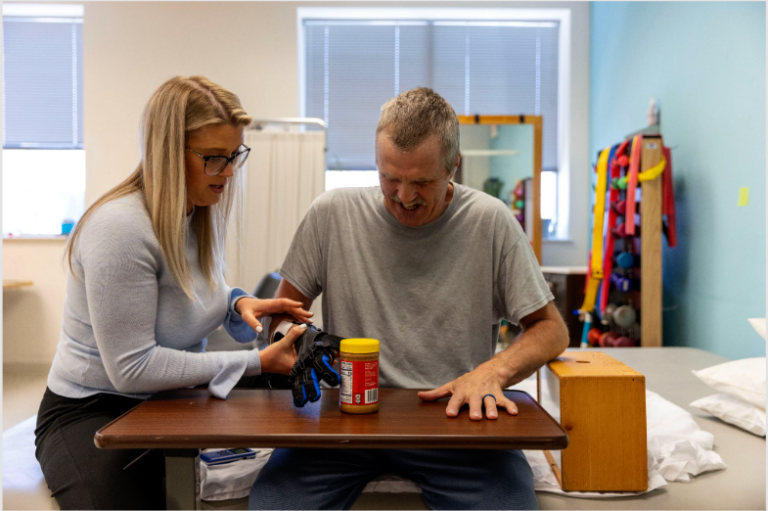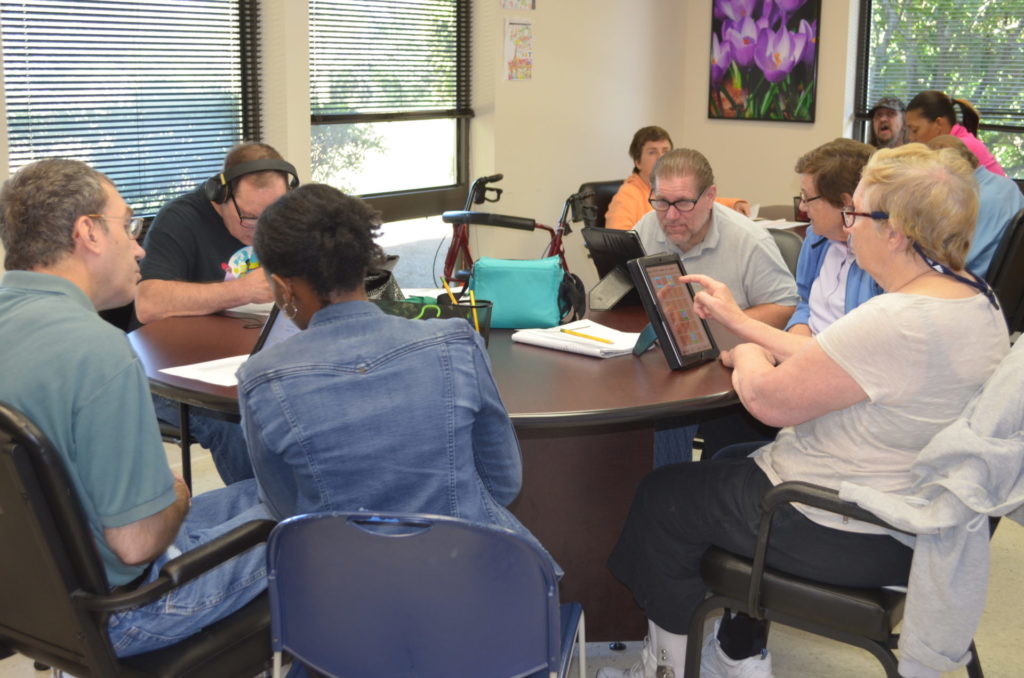

What is a Traumatic Brain Injury (TBI)?
Common Questions & Answers About Traumatic Brain Injury (TBI)
As we kick off Brain Injury Awareness Month, we are here to help give you a deeper loop into the impacts on the brain after a TBI.
What is a traumatic brain injury?
A TBI occurs when normal brain functioning is disrupted by an external force, such as a blow to the head, sudden acceleration/deceleration, pressure from an explosive blast, or an object penetrating the skull and entering the brain. TBIs are classified as either mild, moderate, or severe based on the degree of disruption in normal brain functioning that occurs at the time of the injury. Criteria used to determine severity include evidence of positive findings on brain scans, the duration of an individual’s loss of consciousness and memory for events, and an individual’s level of responsiveness after the injury.
How often do traumatic brain injuries occur?
According to the Centers for Disease Control and Prevention (CDC), there were nearly 3 million emergency department visits, hospitalizations, and deaths related to traumatic brain injury (TBI) in the U.S. in 2014. There were approximately 288,000 TBI-related hospitalizations and 56,800 TBI-related deaths.
Can an older adult experience a TBI?
TBI-related hospitalizations were highest among older adults, and the leading causes of TBI-related hospitalizations were unintentional falls and motor vehicle crashes.
What happens to the brain when someone suffers from a TBI?
During a TBI-related injury, brain tissue can be damaged through the physical impact of an object striking or penetrating the head. Tissue damage can also occur from sudden acceleration and deceleration forces that hurl the brain against the inner lining of the skull. During sufficient acceleration, the brain, traveling in the same direction as the accelerating force, can be propelled forward, striking the inside of the skull. If an opposing force is applied to the head, the sudden deceleration can cause the brain to rebound inside the head and strike the opposite side of the skull.
What area of the brain becomes damaged during a TBI?
Brain tissue can be damaged as a direct result of traumatic forces at the time of the injury, as well as during the hours or days that follow due to the brain’s release of a chemical cascade in response to the initial injury. The frontotemporal lobes of the brain are situated near the sharp bony ridges of the anterior and middle cranial fossae. Consequently, these regions of the brain are especially vulnerable to damage caused by the mechanical forces involved in a TBI. Because these brain regions play an important role in impulse control, self-regulation, interpreting social cues, and self-awareness, there is an increased risk of behavioral changes and psychiatric disorders after a TBI.
Area of the Brain Commonly Affected by TBI and Associated Symptoms


Frontal Lobe:
- Impulse Control
- Emotional Regulation
- Planning/Organization
- Problem Solving
- Judgment

Temporal Lobe:
- Memory
- Language and Speech
- Visuo-perceptual Skills
- Artistic abilities
Follow us at @bancroftneurorehab on Facebook and Instagram for more content on Brain Injury Awareness Month throughout March!


Related Articles


Never Giving Up: How Stephen Reclaimed His Independence After a Traumatic Brain Injury
Never Giving Up: How Stephen Reclaimed His Independence After a


Exploring Creativity in Rehabilitation: Bancroft NeuroRehab’s Mosaic Project
Exploring Creativity in Rehabilitation: Bancroft NeuroRehab’s Mosaic Project Occupational therapy


Recognizing and Treating the Psychological Effects of Stroke
Recognizing and Treating the Psychological Effects of Stroke Post-Stroke Rehabilitation








